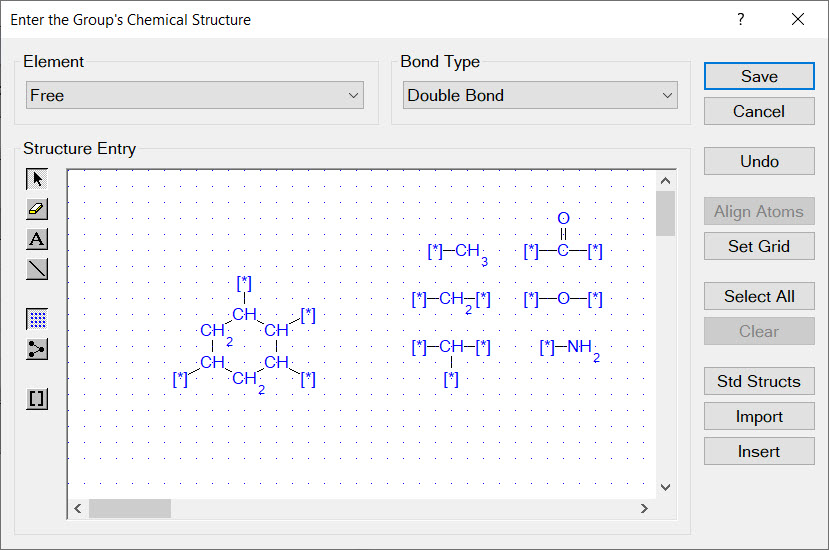We help our customers design better chemical products
Since 1989 Molecular Knowledge Systems has been assisting customers:
- Design chemical products having better performance and lower environmental impact
- Tailor property estimation techniques for their important classes of chemicals
- Relate their product’s composition and molecular structure to performance
- Replace hazardous solvents with safe solvents and solvent blends
- Formulate mixtures having precisely tailored physical properties
- Identify new applications for their existing chemical products
We work as a member of your team contributing expertise in chemical product design, molecular design, physical property estimation, and structure property relationships. We give our customers a deeper, often molecular level, understanding of their processes and products.
Our product methodology is described in the section to the right. The following paragraphs summarize some of the projects in which we have used this methodology.
See below for summaries of some of our consulting projects. Although these projects seem extremely diverse, many required understanding the same basic physical properties, e.g., solubility, volatility, reactivity, etc. Our expertise at understanding these basic properties is our value added to these consulting projects.
Typical Project Methodology
We have worked on projects involving replacement refrigerants, liquid lubricants, polymeric packaging, separation solvents, thickeners, emulsifiers, emollients, and fuel additives. Although these projects involve a broad range of chemical products we typically follow the same steps for each project:
- Compile relevant prior research focusing on thermodynamic, rheological, environmental, and safety analyses of the process or product.
- Develop detailed, quantitative constraints on physical properties and molecular structure.
- Compile or develop physical property estimation techniques tailored for the specific chemicals being investigated.
- Use these estimation techniques to computationally generate and test tens of thousands of molecular structures or formulations searching for those that satisfy our constraints.
- Assist in the development of experimental procedures to evaluate these initial candidates.
- Analyze experimental results to improve constraints and estimation techniques.
- Recommend an updated set of candidates for experimental testing.
By using these steps we provide a rapid, cost effective, and highly efficient search for chemicals possessing the physical properties you need.
Challenge: Solvent absorption is currently considered to be the best method for removing carbon dioxide, CO2, from power plant flue gases. The absorption solvent must balance high affinity for CO2 with the ability to release CO2 under certain conditions. In addition the solvent must be non-toxic, low cost, thermally and chemically stable, safe and have a low environmental impact.
MKS Contribution: In collaboration with researchers from the Electric Power Research Institute (EPRI) we developed detailed thermodynamic models for the absorption of carbon dioxide into candidate solvents. We then used the group contribution techniques and other estimation techniques found in Cranium to computationally screen candidates solvents. The properties of the most promising solvents were estimated and then exported to a chemical process simulator to evaluate performance.
Publications: Influence of pKa and Amine Structure on Energy Consumption of Post-combustion CO2 Capture Processes
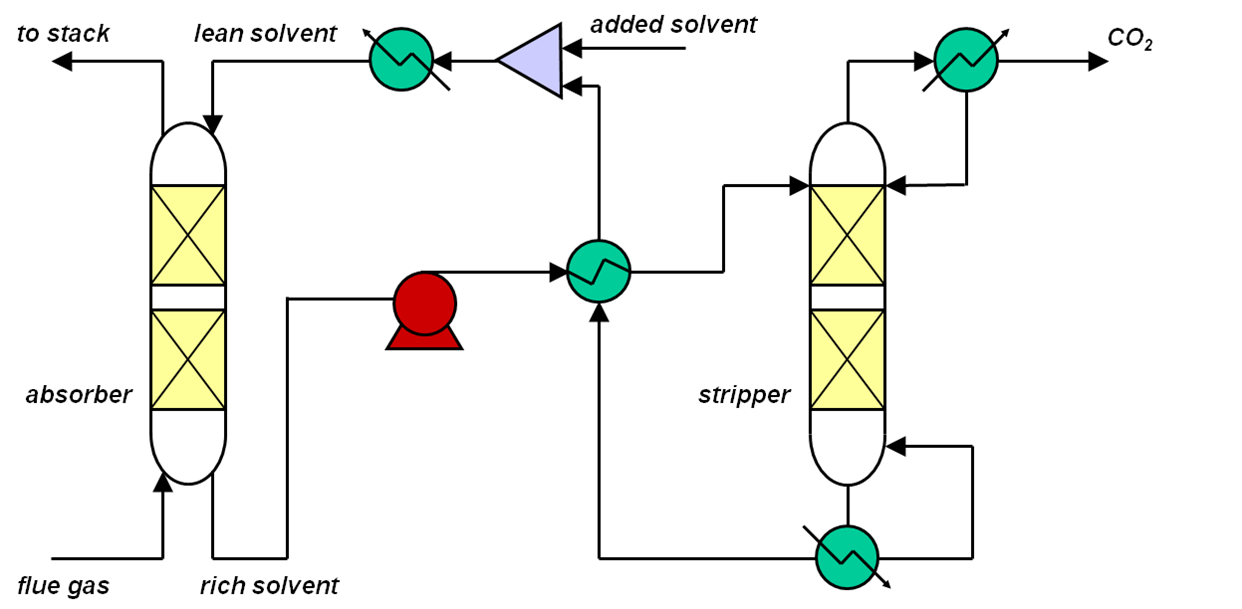
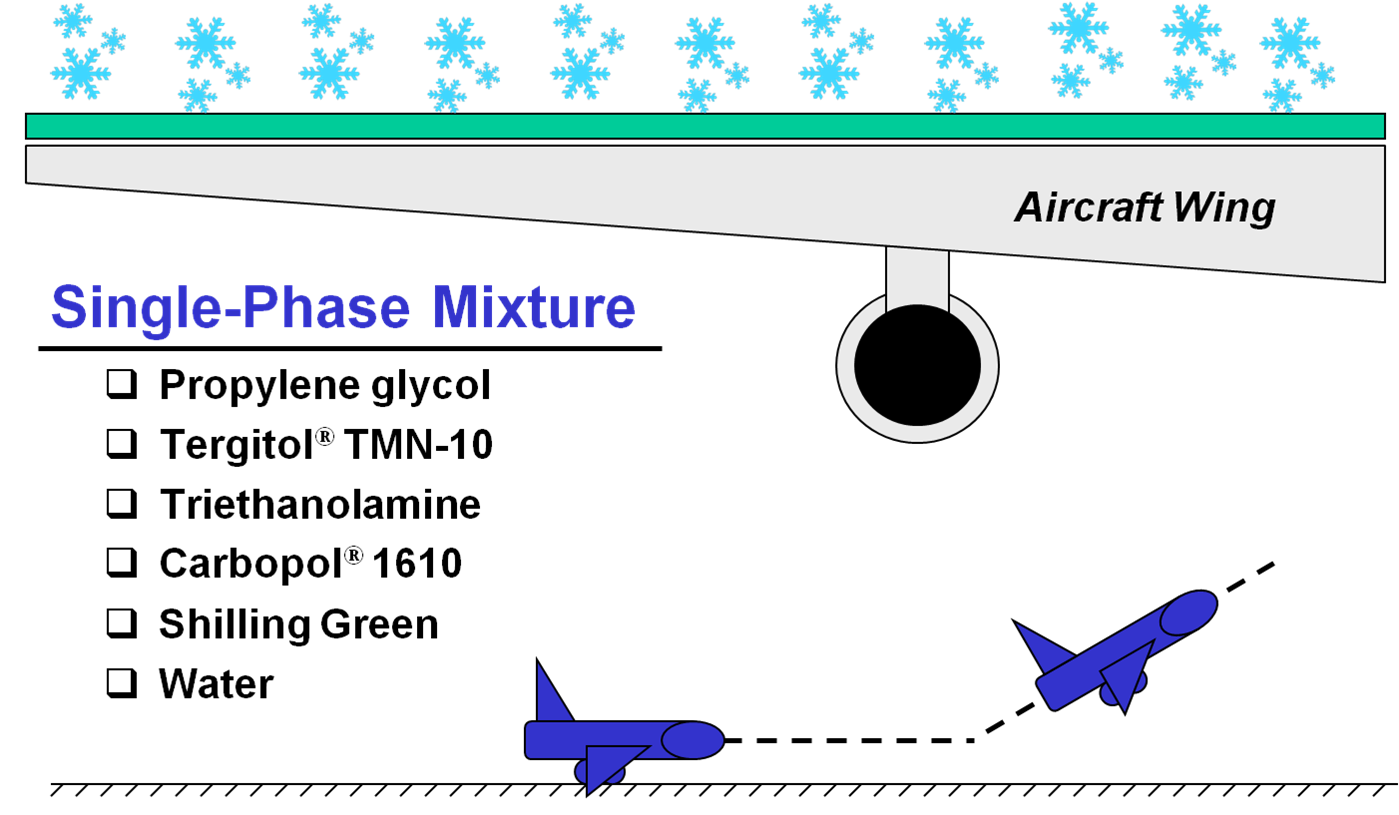
Challenge: Ice and snow must be removed from aircraft before takeoff. Currently ethylene or propylene glycol is heated to a high temperature and sprayed onto the aircraft. Much of the applied fluids can find their way into the environment where they have considerable impact.
MKS Contribution: In this project we worked with a major technical consulting firm to design new formulations of deicing and anti-icing fluids having improved performance and improved biodegradation rates. We used Synapse®, our chemical product design software package, to identify identify freezing point depressant mixtures having good low temperature behavior and low levels of biochemical oxygen demand. We also identified shear-thinning thickeners, non-foaming surfactants and several environmentally friendly dyes.
Publications: US Patent 7,270,767: Environmentally Friendly De-icer and Anti-icer Compositions
Challenge: Blood substitutes have the potential for eliminating the need to collect and store human blood. Being chemically based, they could be produced in large quantities and be inherently free of disease. Substitutes must have high oxygen solubility, be compatible with the human body, and be more easily stored than human blood. Emulsions containing highly fluorinated chemicals are currently the most promising class of blood substitutes. Although these substitutes have promising performance, their main deficiency is limited shelf life due to emulsion instability.
MKS Contribution: In this project we worked as a subcontractor to an SBIR project conducted by a major technical consulting firm. We recommended several chemical methods to improve emulsion stability including density matching and modifying the viscosity of the emulsion to slow coalescence. We also analyzed the use of mixtures with appropriate activity coefficients to moderate Ostwald ripening.
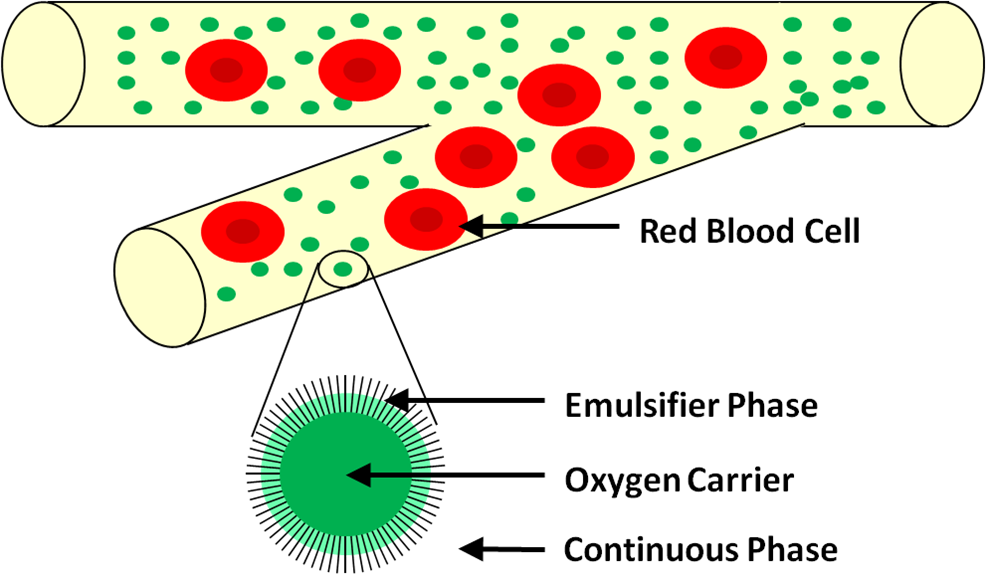
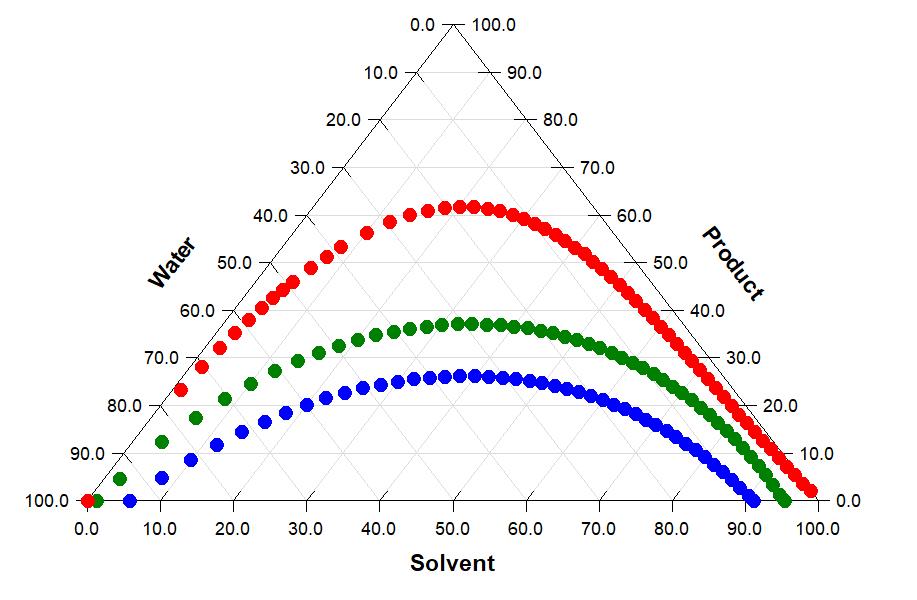
Challenge: A start-up biotech company needed to extract its product from a fermentation broth. The extraction solvent had to meet a variety of constraints on chemical stability, physical properties and environmental impact.
MKS Contribution: we used Synapse to conduct a full solvent selection by: 1) identifying and quantifying all important constraints; 2) eliminating all candidates that has substructures that could lead to chemical instability; 3) screening candidates for satisfactory solubility and volatility constraints; 4) examining commercial availability and cost of the final solvent candidates.
When we design an extraction solvent, the liquid-liquid equilibrium curve is of immediate importance. The equilibrium curve will show how the product will partition between the parent liquour and a candidate solvent. However, it is also important to examine volatility considerations, because the extraction solvent must be regenerated by distillation. Examining for the occurrence of azeotropes is of key importance in this step.
Challenge: A major automobile manufacturer wanted to develop a next generation windshield washer fluid. Windshield washer fluids must satisfy a number of physical property constraints on flash point, volatility, freezing point and solubility for various soils and residues. In addition, all candidate mixtures must not harm the materials commonly found on automobiles.
MKS Contribution: We began the project by extracting key knowledge from the automobile company's experts. This knowledge covered common usage, typical formulations and common problems which provided great insight into the chemical and physical property constraints needed to design the new product. We then used Synapse to generate tens of thousands of candidate mixture formulations, evaluate the key physical properties of each candidate and evaluate each design constraint.
Identifying a mixture that was safer than conventional methanol based mixtures was a major goal of this project. Although mammalian toxicity is a very difficult property to estimate well, a combination of computational modeling and technical literature searches was able to identify several promising candidates.
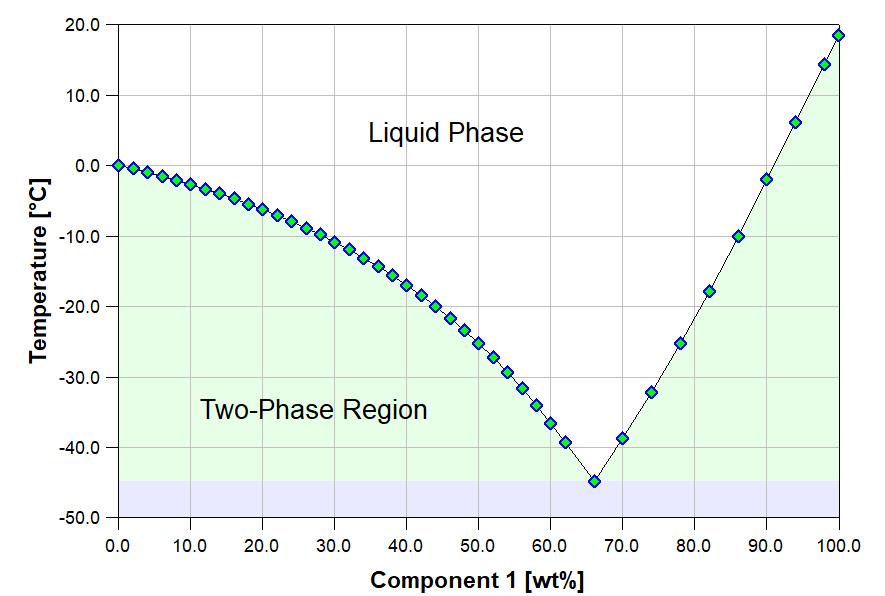
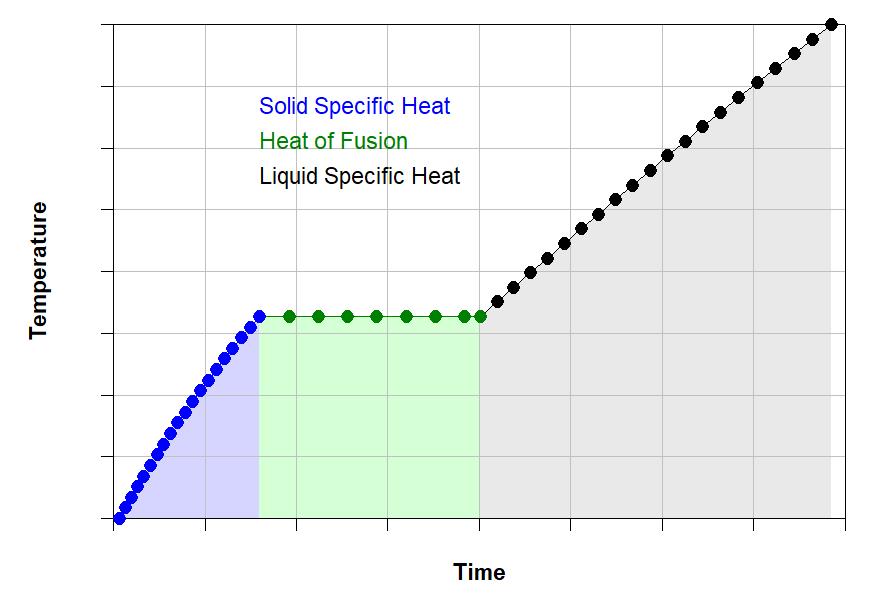
Challenge: Refrigerated cold packs are used to protect perishable foods, pharmaceuticals and to comfort minor injuries and strains. In this project we worked with a design firm, angel investor and technical consulting firm to develop the chemical formulation for a cold pack with enhanced thermal behavior.
MKS Contribution: A key goal for the new product was maximum performance in a minimum size. Using our Cranium property estimation software tool, we computationally screened candidate mixtures for satisfactory thermal properties. These properties included liquid and solid heat capacities and enthalpy of fusion. We then designed a series of experiments for candidate evaluation.
Water's large enthalpy of fusion makes it a very attractive cold storage medium. Unfortunately, water also has a relatively high density and a low melting point for many applications. Thus, a chemical or mixture with a freezing point near body temperature or room temperature is often more desirable. Synapse is designed to accept such "combined" physical property constraints, e.g., melting point and total heat absorbed per mass.
Challenge: A major commodity chemical company wanted to identify new solvent products that could be made by small modifications to some of their current chemical products. The new molecular structures should have physical properties that made them attractive solvents for use as coating solvents, reaction solvents, cleaning solvents or other large volume market products.
MKS Contribution: In collaboration with the company's synthetic chemists, we created a set of design groups and structural constraints that ensured Synapse would focus on designing new structures that could be easily synthesized. We then added a set of physical property constraints for each selected application. Synapse designed hundreds of candidate solvents that had promising properties. Synapse then exported the molecular structures and physical properties of these candidates into a Microsoft Excel spreadsheet for easy use.
